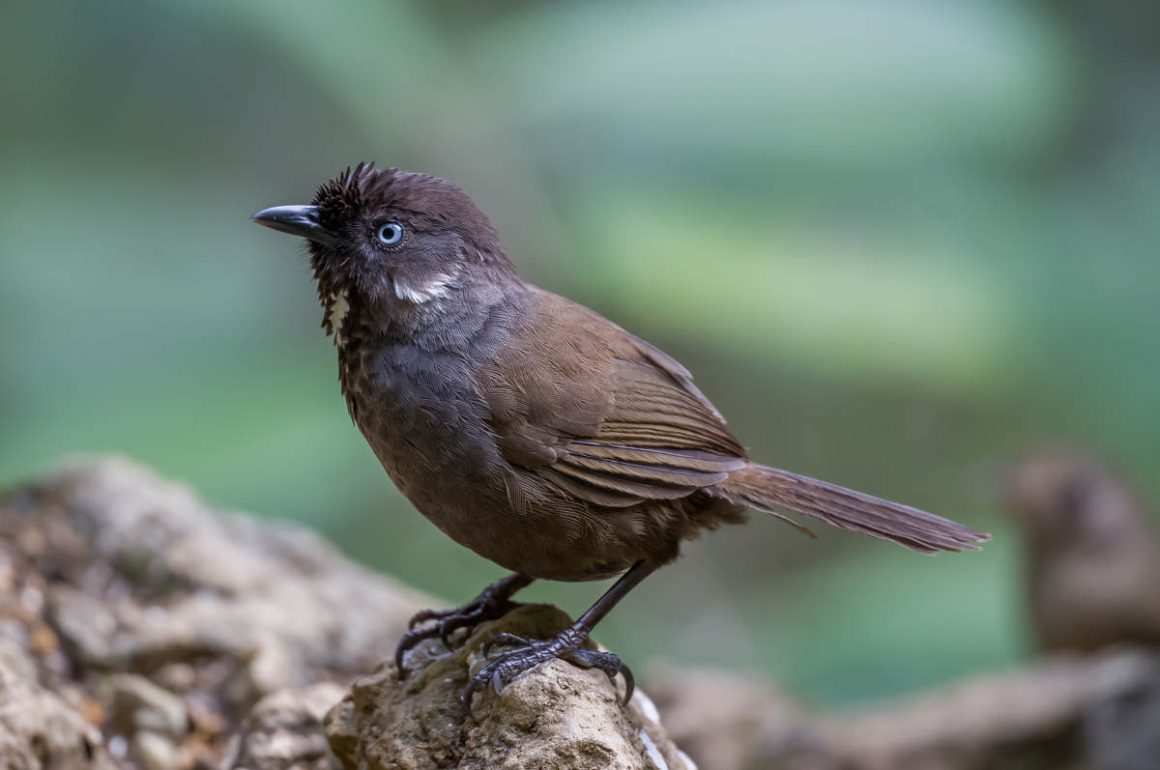
Nonggang is a rural place in Guangxi with a nice landscape somewhat reminiscent of coastal Northern Vietnam (well, it is not too far away). One of the reasons for birders to come here is to see the Nonggang Babbler.
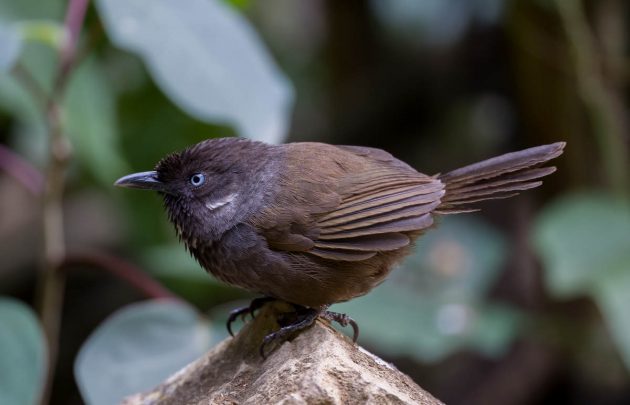
The Nonggang Babbler‘s claim to fame is having only been discovered in 2008 (as a meaningless reference, it should be added that the first iPhone was released in 2007, one year earlier).
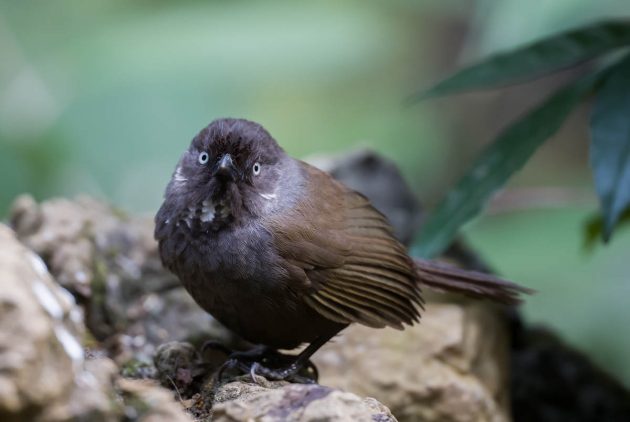
It is listed as Vulnerable, as its range is rather restricted, though it has been found outside of China as well, e.g., in Vietnam, though the HBW does not seem to have read that paper yet.
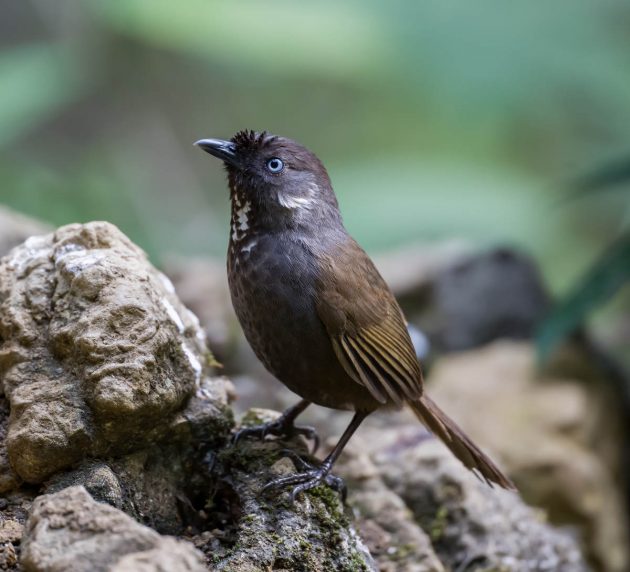
Interestingly, one study found that Nonggang Babbler nests frequently visited by bird photographers had a higher hatching success rate than those not photographed. My hypothesis is that being watched and recorded, the babblers intensify their efforts as they do not want to be publicly seen as bad parents.
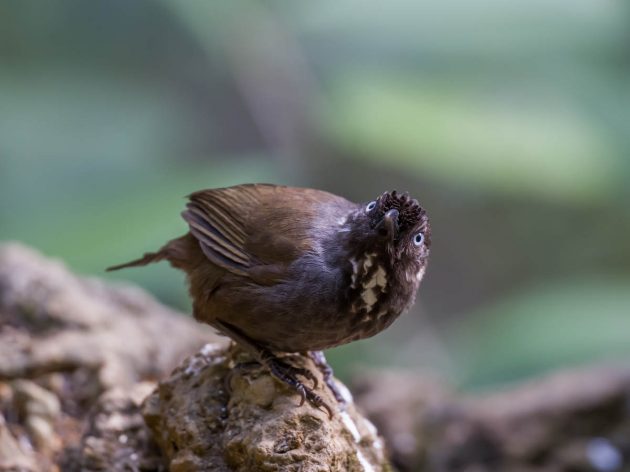
A paper describing interspecific allopreening between the Nonggang Babbler and the Spot-necked Babbler may well describe observations from exactly the same hide where these photos of the Nonggang Babbler were taken.
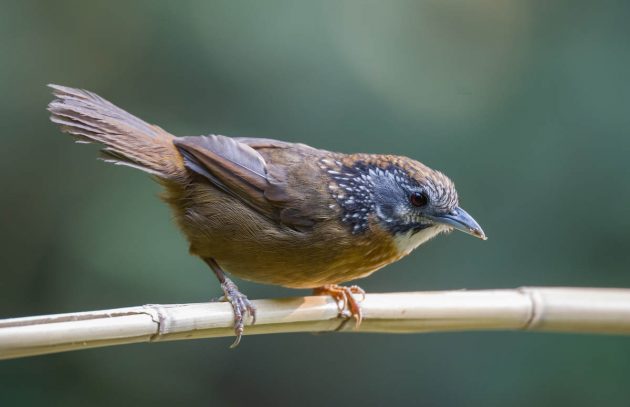
Is there a trend toward more literary paper titles? The title of the one just mentioned starts with “Intimacy across species boundaries” …
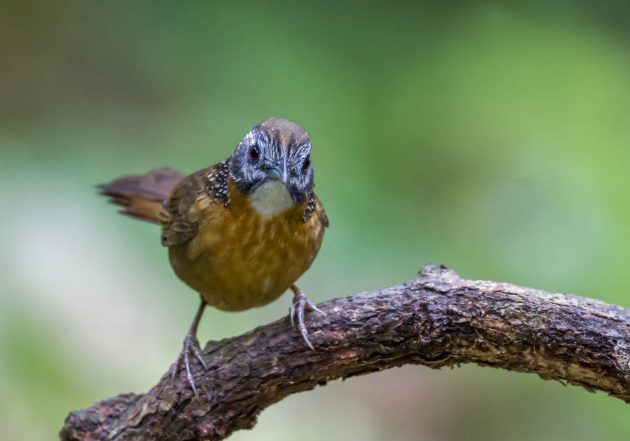
The Spot-necked Babbler is “shy and social”, according to eBird, which sounds a bit like a contradiction to me.
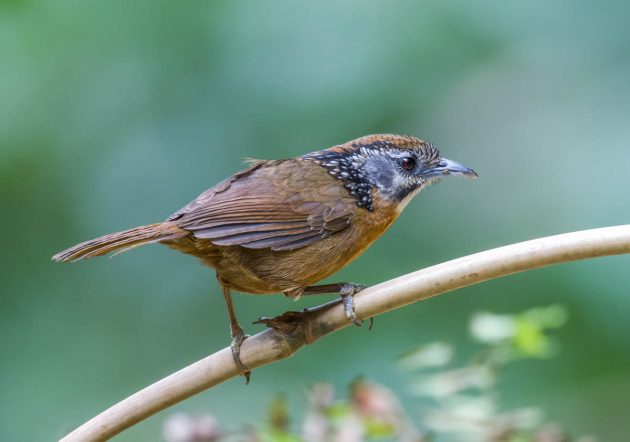
Bianchi’s Warbler is pretty good looking (for a leaf warbler). (Spot the reference?)
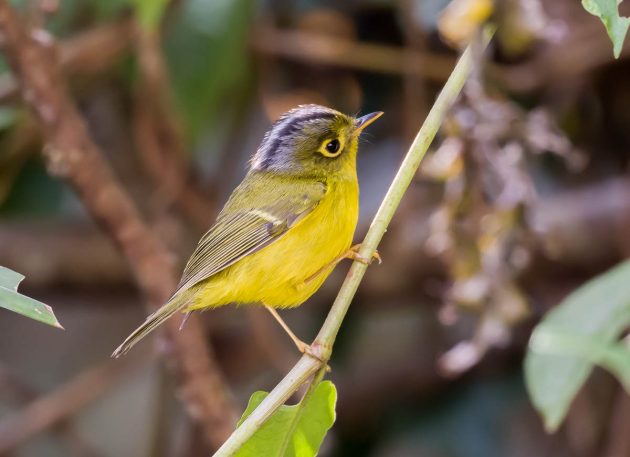
On the other hand, eBird – with a slight hint of desperation – calls the species “one of a number of mind-numbingly similar Seicercus warblers”.
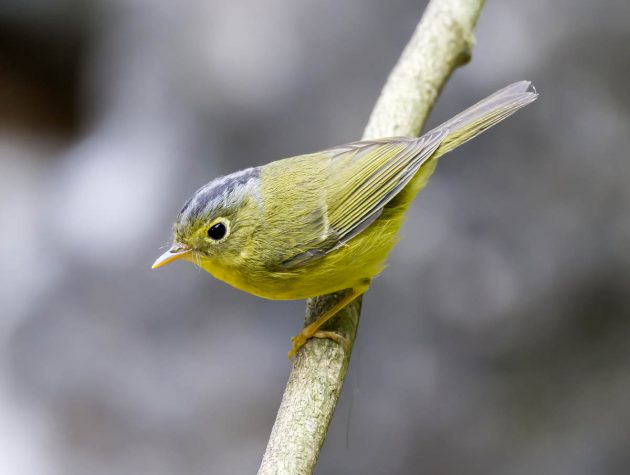
eBird continues to explain that its “grey of the crown is weaker than that of White-spectacled and Plain-tailed Warblers, but this feature is difficult to see in the shade of the understory, where it usually forages” – of course, my ID is just based on range maps rather than on evaluating the relative strength of the grey of the crown.
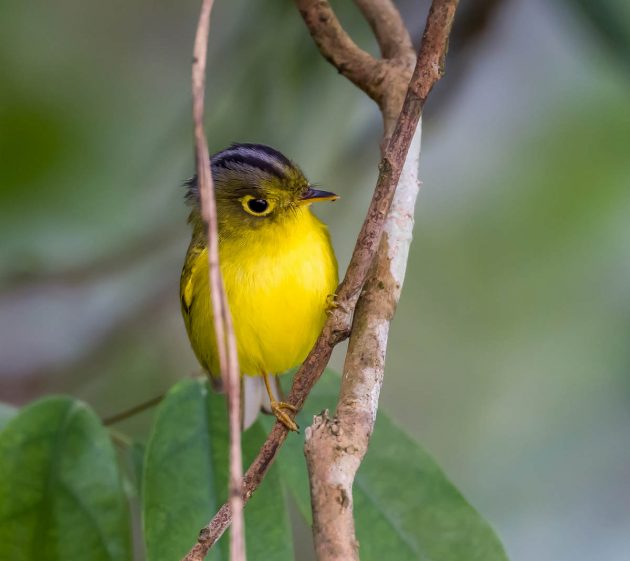
For the Black-crested Bulbul, eBird remarks that its “pale eyes give it a perpetually angry or surprised appearance”. I guess I would be angry too if I was permanently compared to Elvis Presley.
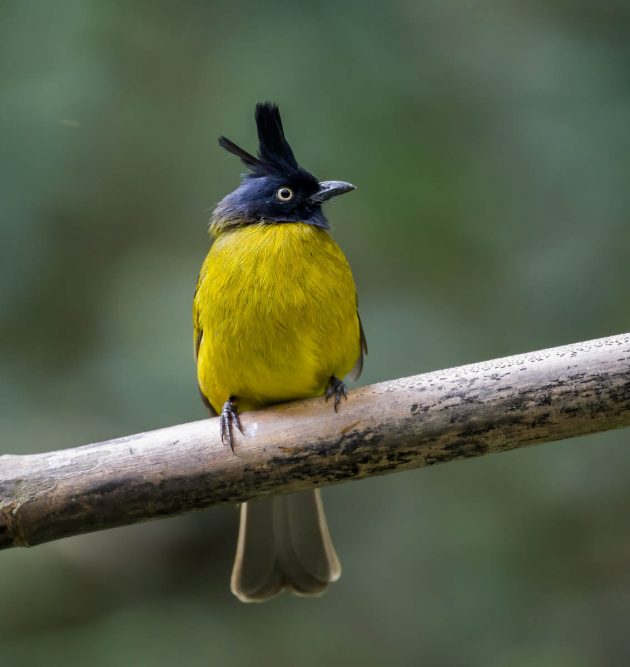
Some ornithologists are so desperate to add papers to their resumes that they write about new records of Black-crested Bulbul subspecies within China. Isn’t that sad?
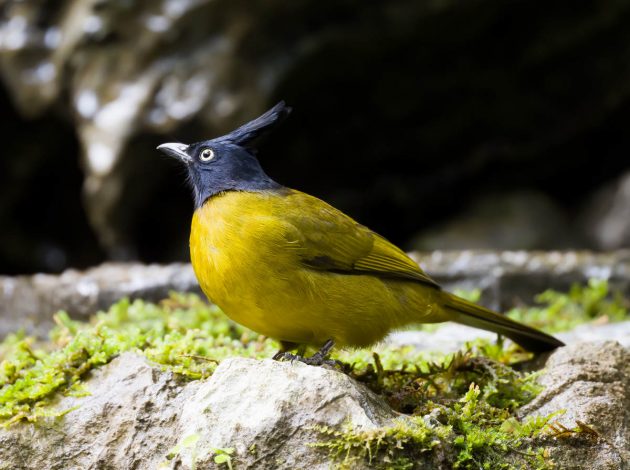
David’s Fulvetta gets the expected negative review on eBird – both the appearance (“rather plain”) and its similarity to other fulvetta species (“very similar in appearance to Huet’s and Yunnan fulvettas”) are criticized.
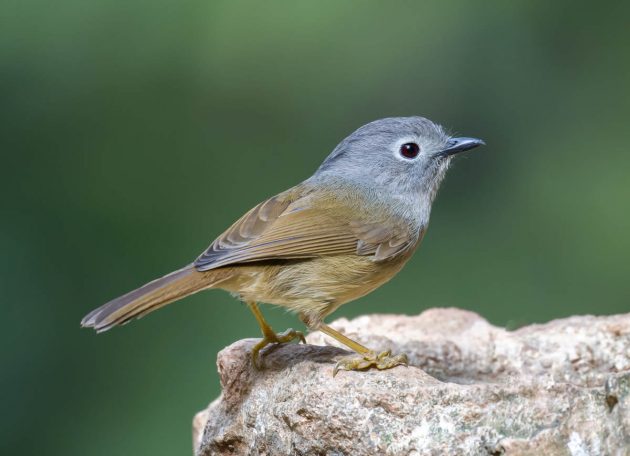
On the plus side, it looks rather funny when wet.
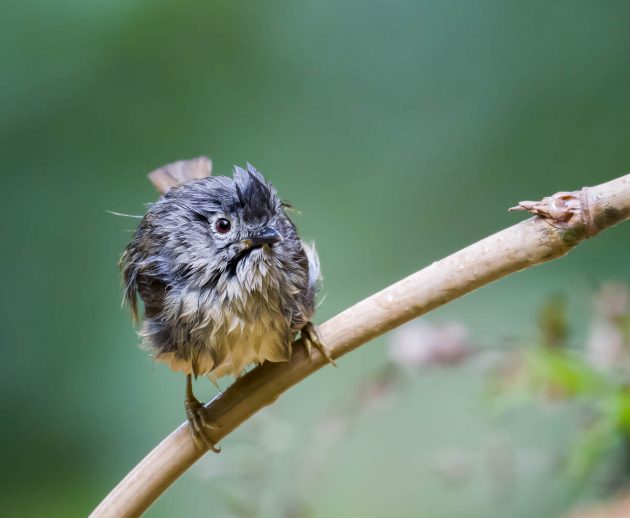
eBird rightly calls the Large Scimitar Babbler a “handsome and slightly primal-looking babbler”. I do not quite know what makes the babbler “primal-looking” but somehow the statement rings true.
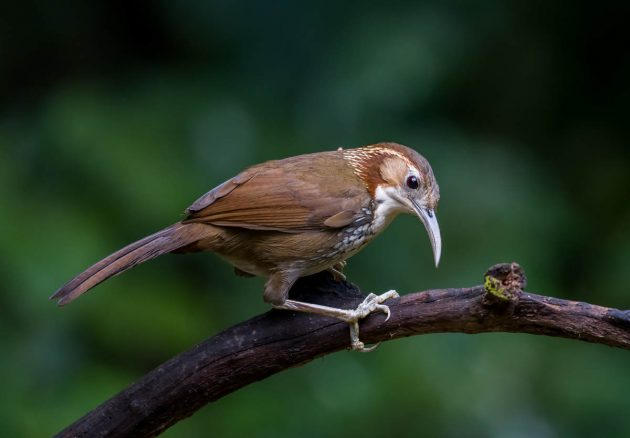
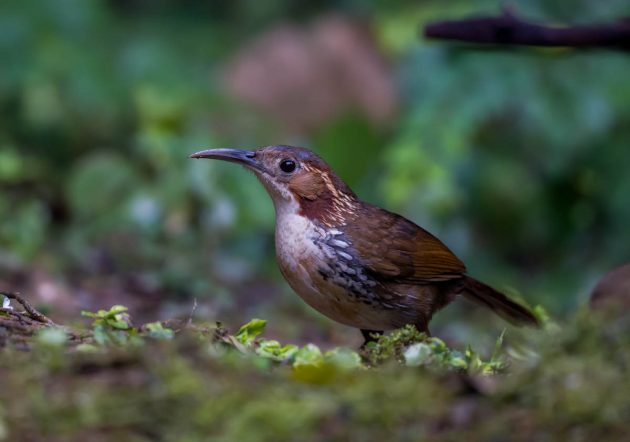
This species seems to frequently join mixed-species flocks – in research in Thailand, the species was found in 20% of the mixed-species flocks.
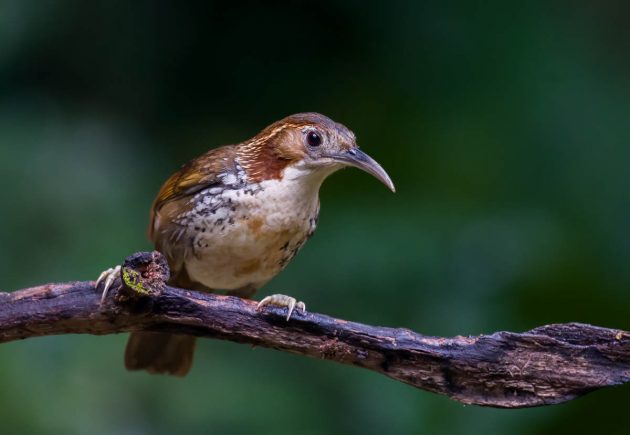
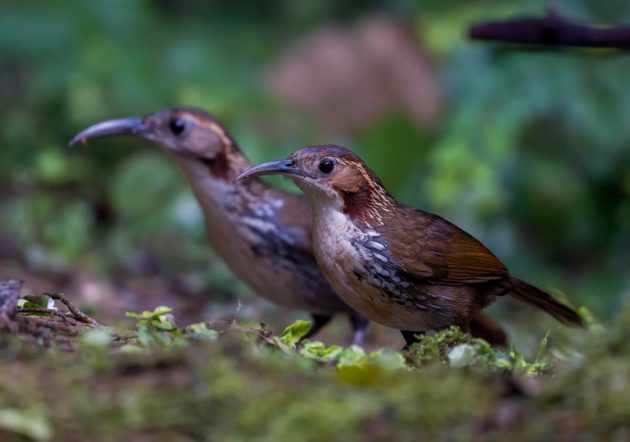
In an interesting experiment featuring a stuffed model of a Collared Scops Owl, Crested Goshawks arrived when hearing the mobbing call of Light-vented Bulbuls that they use when encountering such a scops owl, but not when hearing other mobbing calls.
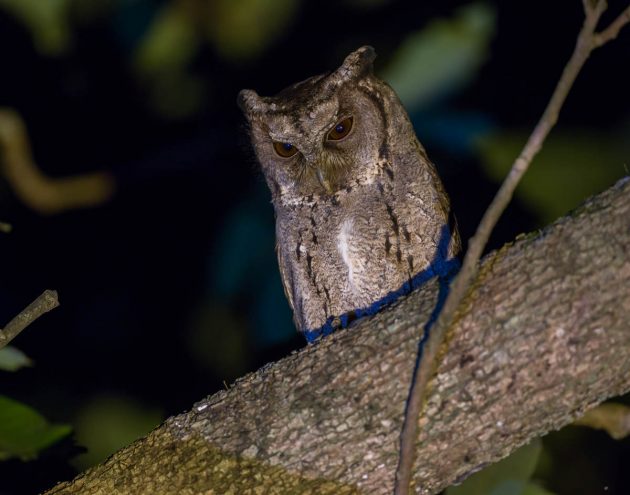
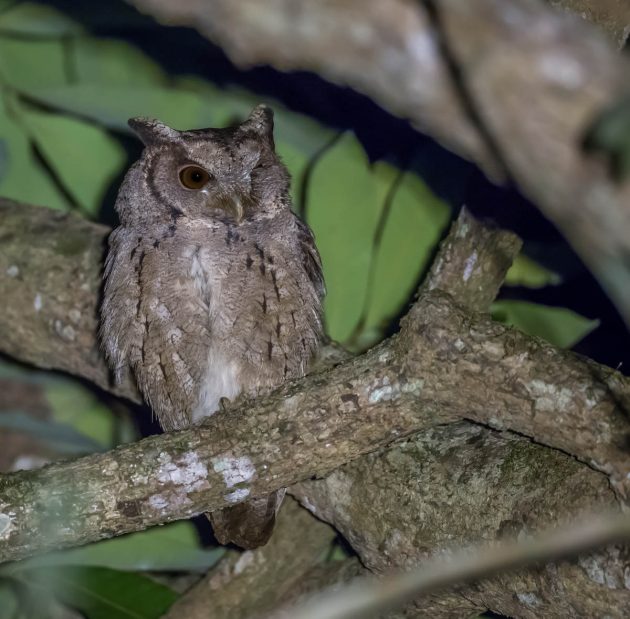
This may mean that the function of the bulbul mobbing call is just that – to attract an even fiercer predator. Apparently, this is called the “attract the mightier” hypothesis.
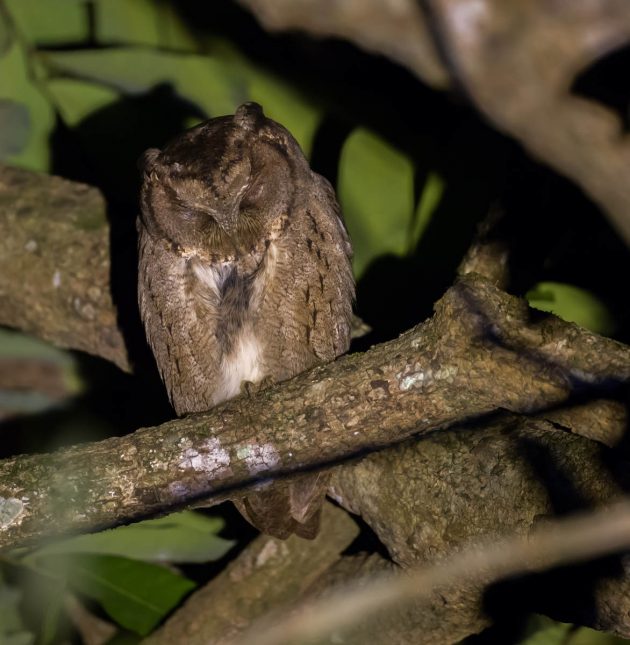
If you know a Red-whiskered Bulbul and dislike that individual, you might ask it to look at a paper titled “Eradication and control programs for invasive mynas (Acridotheres spp.) and bulbuls (Pycnonotus spp.)”, in which the Red-whiskered Bulbul is named as one of the two most heavily targeted bird species.
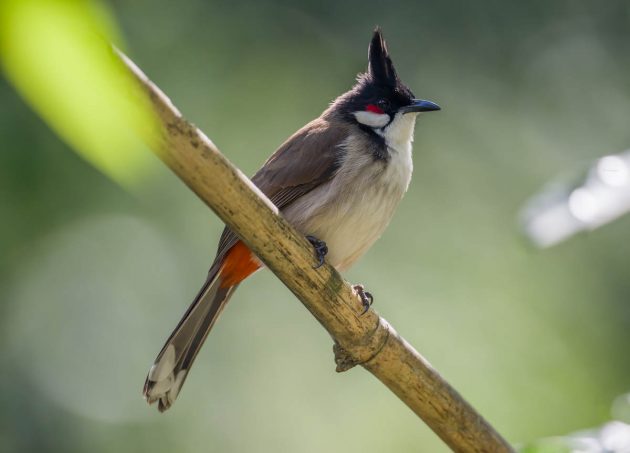
Might give the bird some sleepless nights, or at least something to think about. I do not watch horror movies myself, but apparently some people like them.
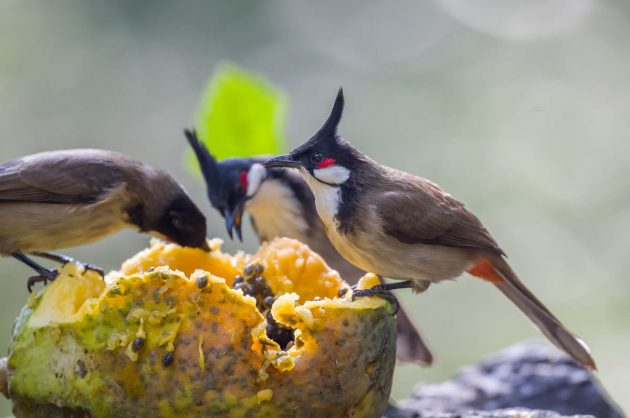
I disagree with eBird calling the Grey-throated Babbler “nondescript”.
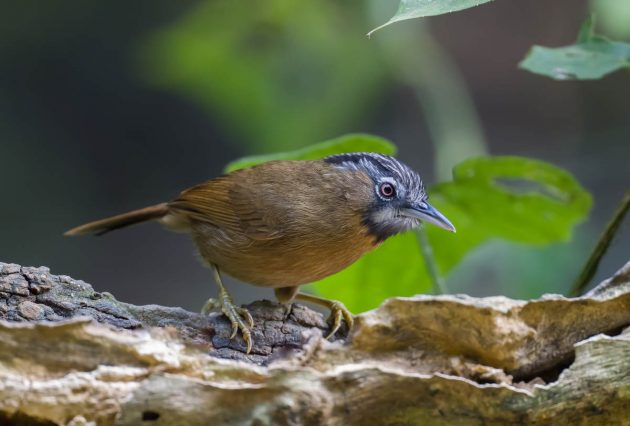
According to the HBW, the nest is mostly built by the female (my guess is in the distant past, the males tried a few times but were always criticized for their efforts, so eventually they gave up).
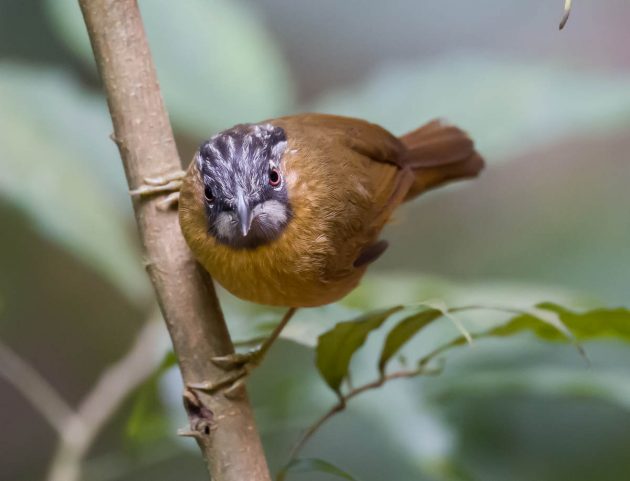
Presumably, Grey-throated Babblers are not very fond of monkeys, especially the (potentially misnamed) Grey Leaf Monkey. One was reported to have raided the nest of a Grey-throated Babbler, eating at least two eggs and possibly one nestling (source).
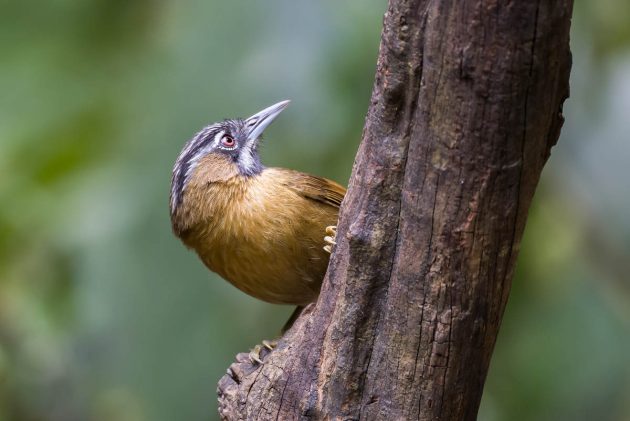
The Latin species name of the Scarlet Minivet is speciosus, or “splendid, beautiful, brilliant”. While I do not disagree with this name, it does seem to provide a good differentiation from some of the other, equally splendid, beautiful, and brilliant minivet species.
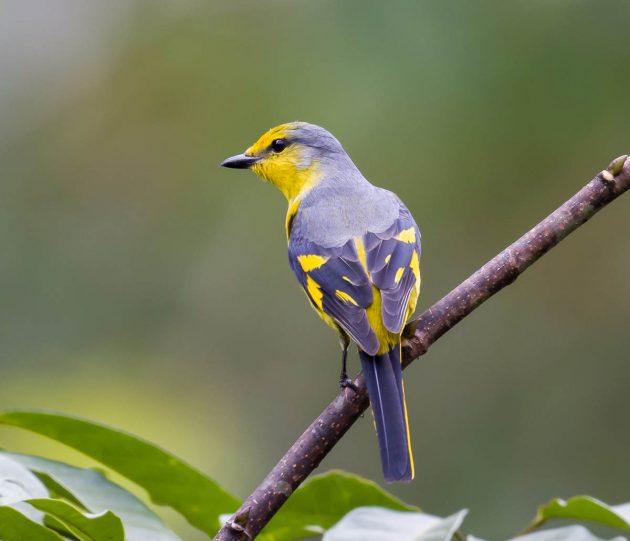
This is the female – in the male (which flew away too quickly for my sluggish response time), the yellow parts are orange-red. My cats – which know about these things – tell me that despite rumors to the contrary, there is no difference in taste between the male and the female. However, they claim that there are some marginal differences in taste between the 19 recognized subspecies.
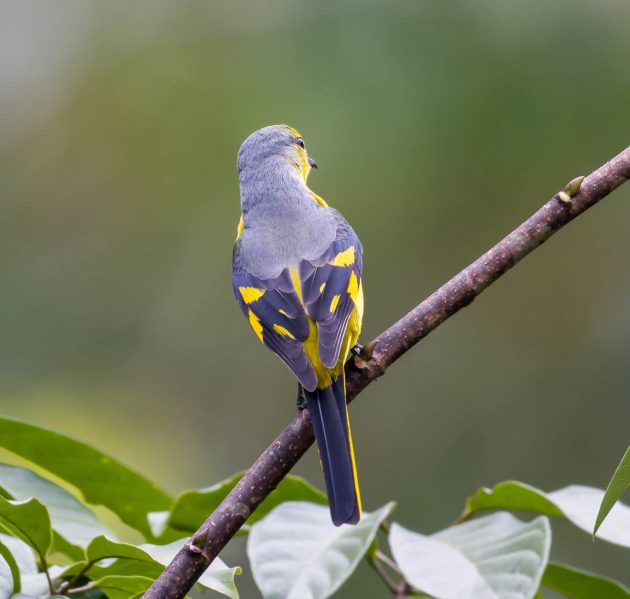
It does not sound very surprising that the morning singing of birds such as the Brownish-flanked Bush Warbler is a way of indicating ownership of a territory. In fact, a study found that if the birds hear the song of other males of the same species, they sing louder the next morning, a bit like football fans being incensed by the yells of the fans of the opposite team.
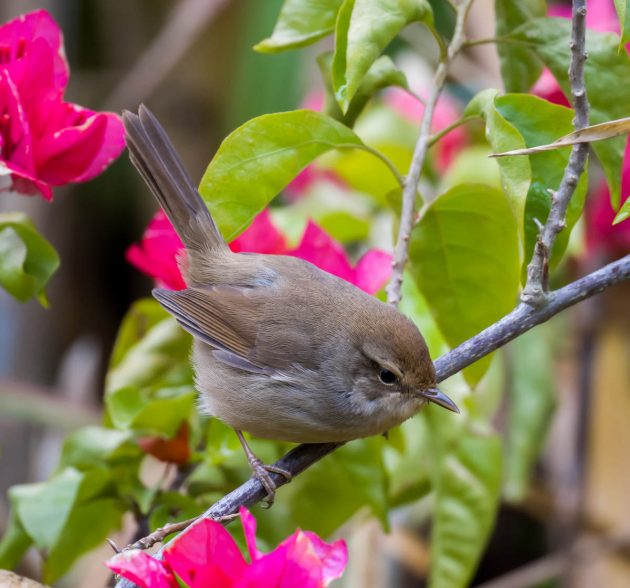
Apparently, Streak-breasted Scimitar Babblers start their morning singing later when the temperature is higher.
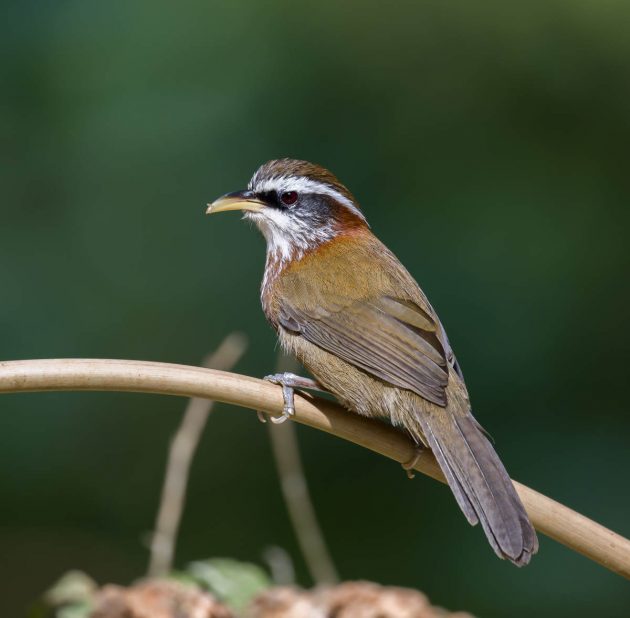
While the German name of the species, “Rotnackensaebler”, sounds pretty absurd to me (despite being German, I am not familiar with German bird names as I have not lived there for a long time), it is actually kind of accurate and much better aligned with the Latin species name ruficollis (meaning red-necked, “Rotnacken” in German).
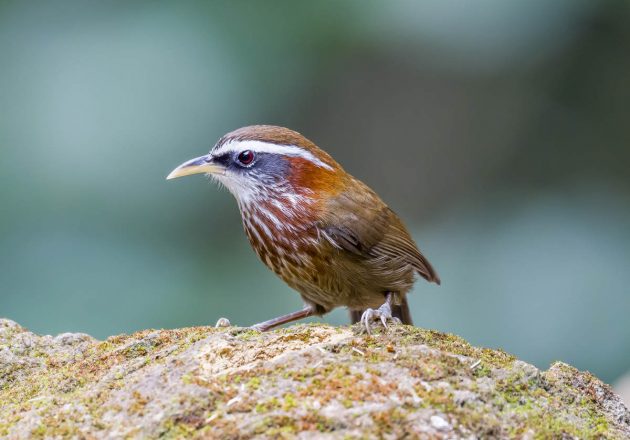
Only when working on this post – but not when actually seeing the bird – did I learn that the Silver-eared Mesia is sexually dimorphic (ornithologists speak for males and females looking differently). According to the HBW description, the two sexes should look quite distinctive given the number of differences indicated (“Female has duller, paler forehead patch, throat and breast, dull golden-olive nuchal collar and uppertail-coverts, less yellow central underparts, pale yellowish-rufous undertail-coverts, paler and duller reddish wing patch and yellow wing fringing”) but at least to me, the difference in appearance is not big. As an excuse, I can bring up the fact that the MacKinnon “Guide to the Birds of China” also does not indicate any sex differences (the author might have wanted to look up the HBW when writing the guide, but then, neither did I before going to Nonggang).
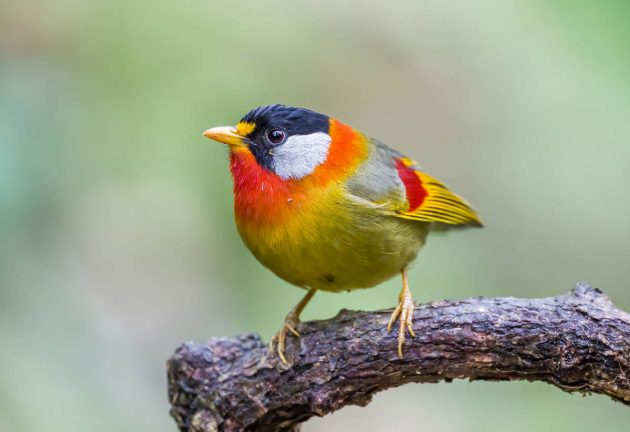
Maybe this is a male as the rump is kind of red …
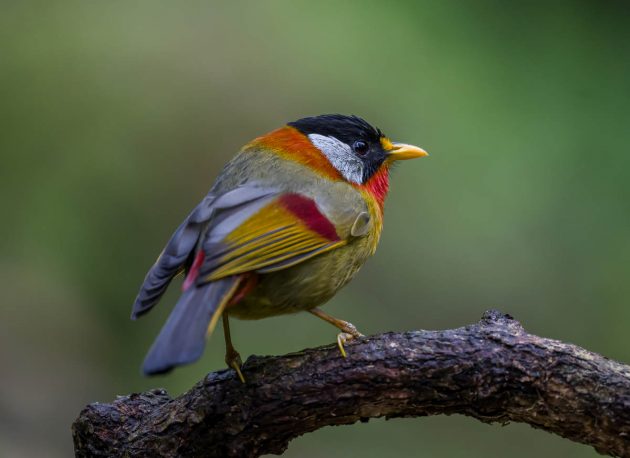
… while this yellow rump may indicate a female (nonbinary birds tend to have orange rumps).
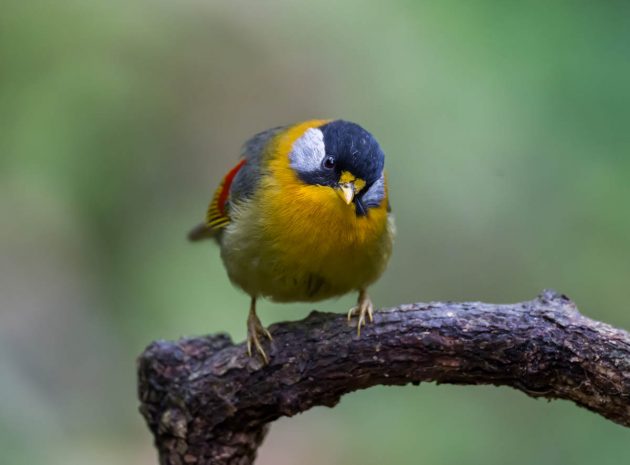
Presumably, this photo shows both sexes.
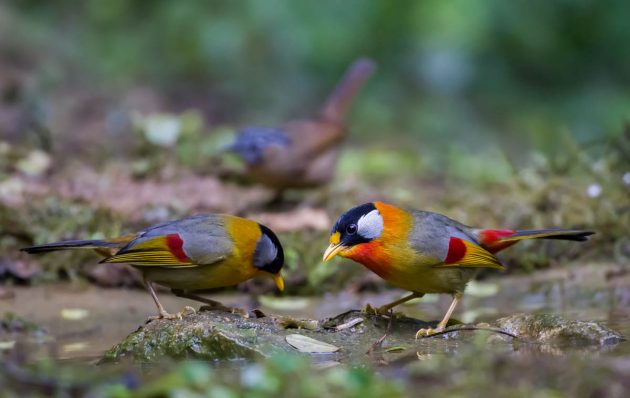
Given its name, the white tail feathers of the White-tailed Robin are often remarkably invisible. This is the male with an invisible white tail …
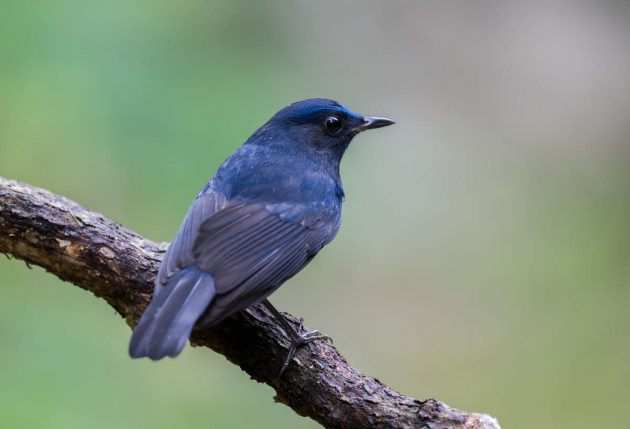
… while it is visible here.
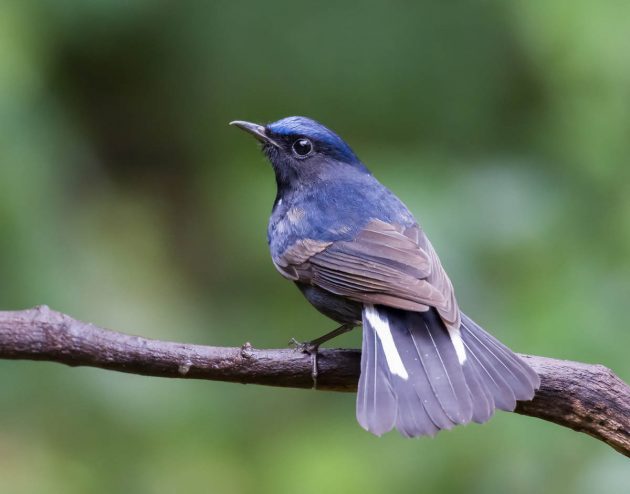
And the female, as usual going for a more casual look.
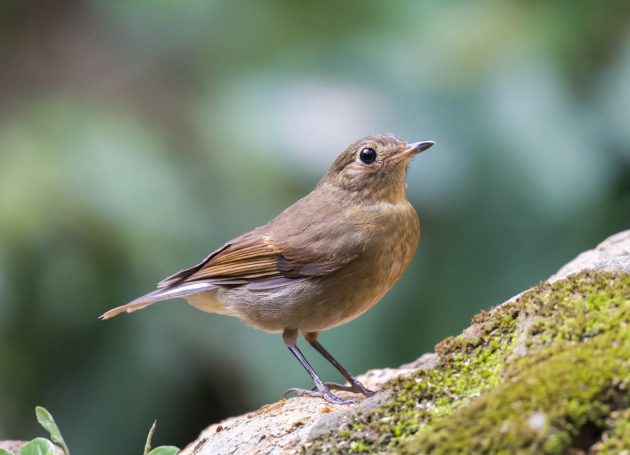
On the morning of day 4 at Nonggang, I had a sore throat but a covid test was negative, so birding continued …













Leave a Comment